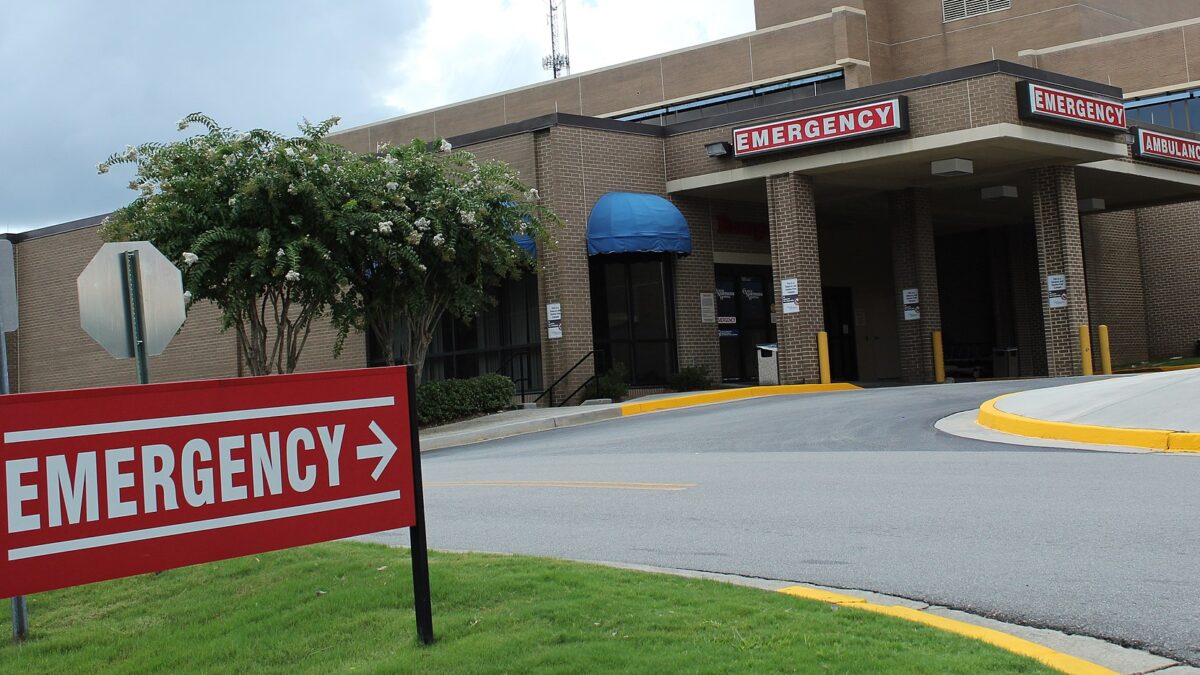
A new Pew Study claims that libraries “loom large in the public imagination,” with 90 percent of Americans ages 16 and older saying that closing down their local libraries would have an impact on their community. The public may imagine that libraries are dynamic centers of learning and community, but the Pew data seems suggest that they’re mostly places where your prosperous neighbors borrow books and movies without having to directly pay for them. And as Pew points out, adults with “higher levels of education and household income are more likely to use public libraries” – and the more you use the library the more well-off you probably are.
“Library Lovers,” those designated as having the highest levels of engagement, only represent 10 percent of Americans. Among them, 66 percent are white, most of them college educated and living in households earning more than $50,000. Also, deep in the Pew poll we learn 58 percent of these highly engaged freeloaders say they borrowed more books than they bought last year, compared to 38 percent of the general population.
Should a library be more concerned with offering a collection of resources for reference and educational purposes or should it be competing with Borders Barnes and Noble? Because if a library is driven by market needs, we can do a better in the private sector (through a Netflix-type services, for instance); and if we’re aiming to make a cultural center where a diverse citizenry is excited about knowledge, we can still do a lot better. Right now libraries seem to offer a weird mix of what we don’t need and what we don’t want.
I’ve lived in four major metro areas in the past decade, and all the libraries I visited have catered to the whims of the public rather than functioning as a center that promotes literature and learning for the masses. Actually, books seem like a secondary business in many libraries. Like a lot of you, I consume extraordinary amounts of junk culture. The last time I went down to my local library, I could have borrowed a DVD copy of ‘This Is the End’ or ‘Taken 2′ (both of which I’d seen, and both which are available on Netflix or for $1.10 at a Redbox) or a book on CD of ’50 Shades of Grey,’ but I couldn’t find a decent book on the history of early Christianity.
This isn’t a libertarian critique or an elitist one, it’s simply an attempt to point out that libraries fail to fulfill their self-defined purpose. The mission statement of The New York Public Library, for instance, says the organization’s charge “is to inspire lifelong learning, advance knowledge, and strengthen our communities.” Are libraries strengthening communities? Gracy Olmstead at the American Conservative makes some excellent observations:
Nonetheless, it seems that those using libraries are somewhat homogenous: they’re mostly wealthy, well-educated, and well-informed. Yet the library ought to reach a diverse population: it ought to offer resources to those from lower incomes, without many community connections, or to those lacking technological or informational resources. Yet many such individuals are the library’s rarest frequenters—or never use it at all.
For a few, libraries offer technological resources that some may typically lack access. But like others who run other government institutions, library professionals seem to function under the mistaken notion that they oversee laboratories of innovation. If the library’s rarest frequenters are the ones we’d like to see in them the most, then libraries are failing. This is probably why we see constant mission creep. Take this statement from American Library Association President Barbara Stripling on the heels of the Pew poll release:
But we also know that one-third of all Americans still lack home broadband Internet, and a recent global survey finds U.S. adults lag behind many of their counterparts overseas in basic education skills. Our work is not done, and libraries will continue to innovate and meet evolving needs as new technologies and applications emerge. Libraries are transforming lives through education and help level the playing field for all.
No, they’re not. Not often. How innovative can a building filled with “new technologies” like “the Internet,” books and CDs be? My local library still has an entire row of books on cassette tapes for your enjoyment. Who are they catering to? “Information Omnivores,” one the groups Pew points to as having the highest engagement levels, also has high household income (35 percent in households earning $75,000 or more) and the highest technology use among any group polled. Almost half own a tablet and 68 percent own a “smartphone,” according to Pew. These are folks who are probably stream movies and music and read books on one device or another. Moreover, broadband access (over 100 million Americans have access and do not sign up) a rural American problem, and rural Americans have the lowest library attendance per capita.
The census says we have around 17,000 libraries in the United States (this doesn’t include school libraries). These libraries spend much of their $11 billion yearly budgets subsidizing the entertainment needs of people who can afford to do help themselves. Some of us find comfort knowing that there are buildings in nearly every town filled with books. But if they’re not helping Americans who need it the most, what’s the point?
David Harsanyi is a Senior Editor at The Federalist and author of the The People Have Spoken (and They Are Wrong): The Case Against Democracy. Follow him on Twitter.









